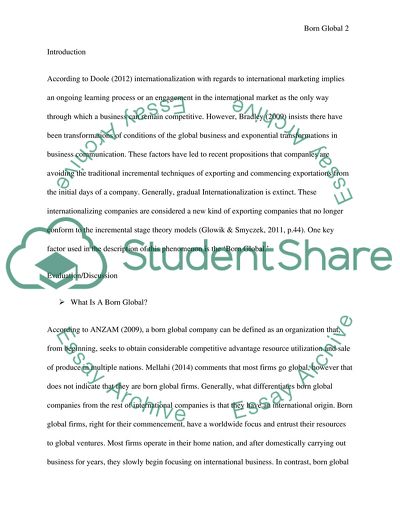Cite this document
(Born global 03057 Literature review Example | Topics and Well Written Essays - 2000 words, n.d.)
Born global 03057 Literature review Example | Topics and Well Written Essays - 2000 words. https://studentshare.org/marketing/1863552-born-global-03057
Born global 03057 Literature review Example | Topics and Well Written Essays - 2000 words. https://studentshare.org/marketing/1863552-born-global-03057
(Born Global 03057 Literature Review Example | Topics and Well Written Essays - 2000 Words)
Born Global 03057 Literature Review Example | Topics and Well Written Essays - 2000 Words. https://studentshare.org/marketing/1863552-born-global-03057.
Born Global 03057 Literature Review Example | Topics and Well Written Essays - 2000 Words. https://studentshare.org/marketing/1863552-born-global-03057.
“Born Global 03057 Literature Review Example | Topics and Well Written Essays - 2000 Words”. https://studentshare.org/marketing/1863552-born-global-03057.


